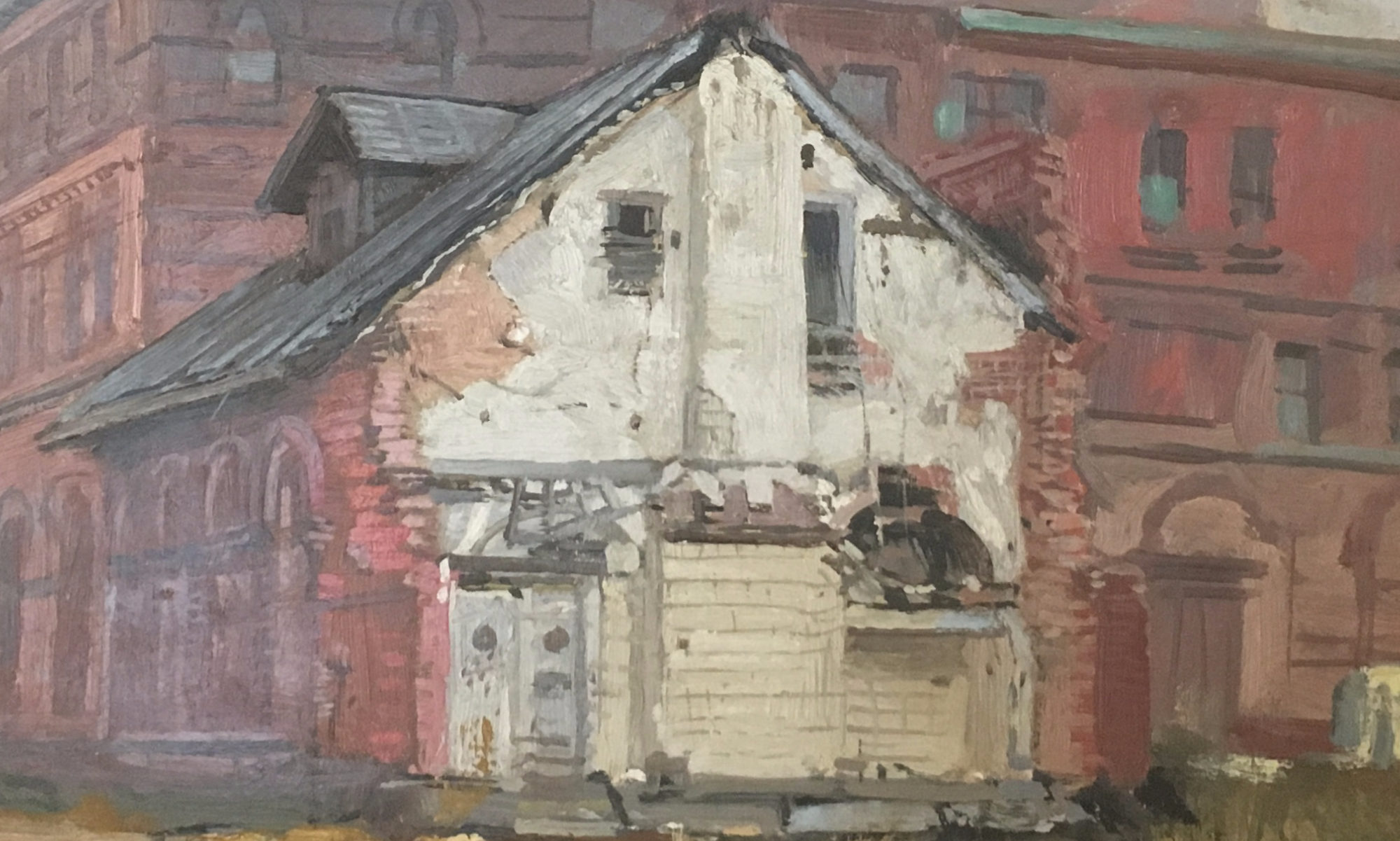I’ve made my share of mistakes buying art. It’s a fine line between taking a good risk and a bad one, and knowing the difference can save you a lot of heartache and pain. One of my worst buys was a set of four Keith Haring lithographs I acquired several years ago. These were being sold at well below market price by an individual in a large suburban home. He had a good number of pieces by various well-known artists, and ultimately I agreed take the Haring’s for roughly $1200. This was a too-good-to-be-true scenario. I sent them to an auction house in New York to review and hopefully sell; they sent them back and said they were fake. All were exactly the same size as the originals and pencil signed and numbered. Apparently, the watermark (an embedded design that indicates the paper maker) showed they weren’t by Haring. Also the signatures were a bit too stiff.
The sad truth is that I could – if I wanted – sell them again as “after” Haring. This is a legal (aka sketchy) way of saying that something is not necessarily by the artist but printed by someone else. Some times “after” is not a bad thing – it might mean a print is produced on behalf of an artist by another printer, but still authorized and/or signed by the artist. However, there are a number of things you should consider before buying art.
- Price is too low
Obviously this one got me. You see this on eBay time and time again – too good to be true listings. If the price is way off, proceed with caution. Once in a while someone undervalues a real piece, but you have to expect that if it seems too good to be true, it usually is. - Description describes art as “in the manner of” or “after” instead of “by”
“In the manner of”, or “after”, means it’s not guaranteed to be by the artist. Check other similar works to see if they are all considered to be “after”. - Signature unlike other pieces
For artists who like to sign in a scribble, or in simple, easy to copy block letters, it’s easy for forgers to make good looking fakes. Dali, Haring and Warhol are prime examples – there are a lot of bogus pieces out there. - Signed in the stone/image; printed signatures
Many pieces are called “signed” but the signature is actually either printed or part of the piece (aka “signed in the stone”). These are usually worth only a fraction of what a hand-signed piece would be worth – and sometimes it’s hard to tell the difference. Make sure the pieces are hand-signed or signed in pencil! - No seller track record
You simply should not buy an expensive item from a new seller with no track record – this is a major red flag. This is true both online and in person (see my Haring buy above) - Seller won’t provide key details regarding a piece or provenance (the history of the piece)
Ask before you buy – if the seller won’t tell you where they got the piece, it’s probably because they know it’s shady. I’ve asked sellers to provide photos with the current newspaper to prove they have it in their possession, and have sometimes gotten comical excuses why they could not provide them. - Seller won’t guarantee authenticity
Most reputable sellers offer a no questions asked money back guarantee. For art, this is critical since even good sellers can make mistakes (for instance, mistaking a fine print for a watercolor)
